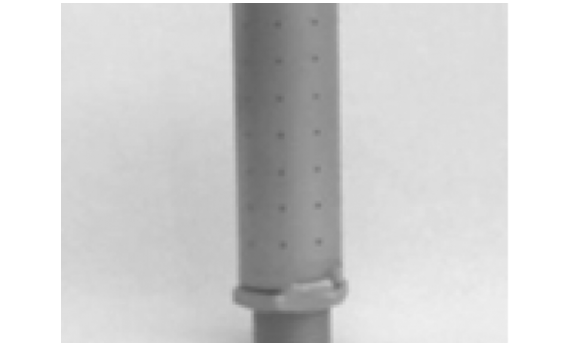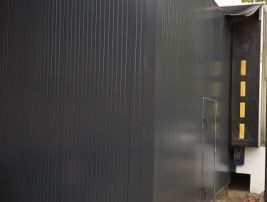Blow-off silencer
The blow-off silencer consists of a tube with a closed end in which a large number of small holes have been made, the number, the diameter and the pattern of the holes are determined by the required silencing value.
The diameter of the tube is generally the same as the diameter of the blow-off pipe depending on the diameter and configuration of the holes, a silencing of 10 – 40 dB(A) is achieved.
The standard material of the...
The blow-off silencer consists of a tube with a closed end in which a large number of small holes have been made, the number, the diameter and the pattern of the holes are determined by the required silencing value.
The diameter of the tube is generally the same as the diameter of the blow-off pipe depending on the diameter and configuration of the holes, a silencing of 10 – 40 dB(A) is achieved.
The standard material of the silencer is stainless steel, but other materials are also available
when high silencing values are required, the silencer is provided with a specially designed casing of sound-absorbing material; with this construction it is possible to achieve a T.S.D. of up to 60 dB(A).
-
When steam and gasses are blown off under pressure, high sound levels are generated,
-
With the BLOW-OFF SILENCER these levels can be reduced to acceptable levels
-
The sound generated during blow-off via a BLOW-OFF SILENCER lies to a large extent in the inaudible area for humans; and this is where the operation of the silencer lies!
-
In principle, the silencer can be designed such that during blow-off the loss of pressure over the silencer is negligible, this may be important when, for example, the silencer is installed behind a safety valve or a reservoir needs to blow off in a short space of time
-
Due to the small dimensions and small mass (usually less than 100 kg),
-
The silencer can be installed directly on the blow-off pipe without an additional supporting structure
- Blow-off of steam and gasses in the (chemical) industry



